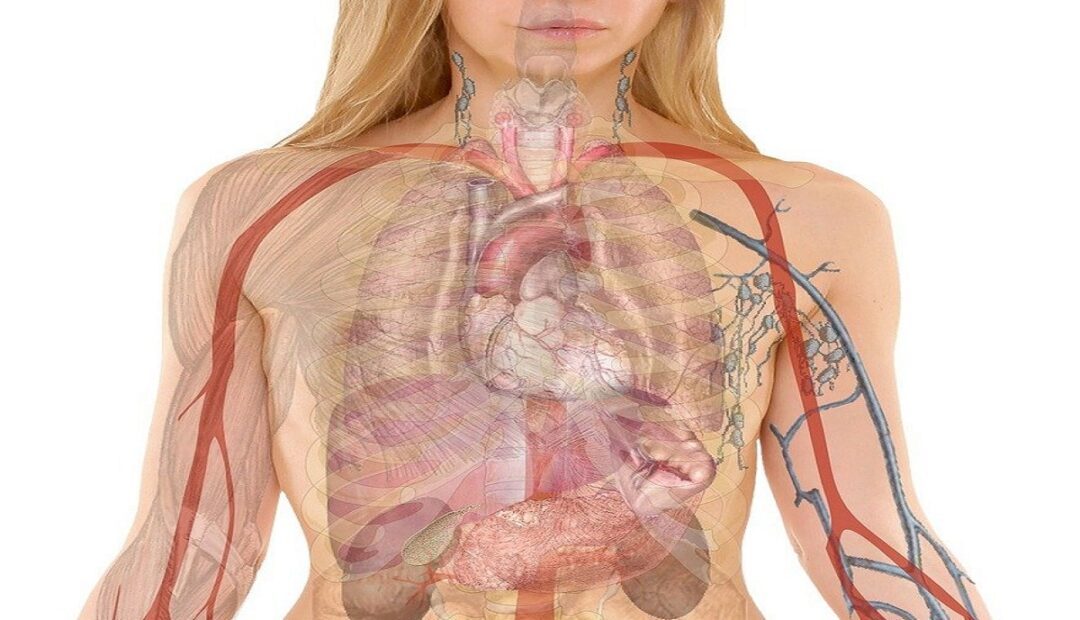JAUNDICE (SKIN AND EYES)
JAUNDICE (SKIN AND EYES) This is a yellow colouration of the skin and eyes. Cause: Presence of excess bile pigments. This happens due to blockage of bile duct or destruction of liver. Symptoms: Yellow pigmentation of skin and eyes, nausea, vomiting and lack of appetite. Itching of skin. Treatment Removal of stones from the gall bladder […]
JAUNDICE (SKIN AND EYES) Read More »
